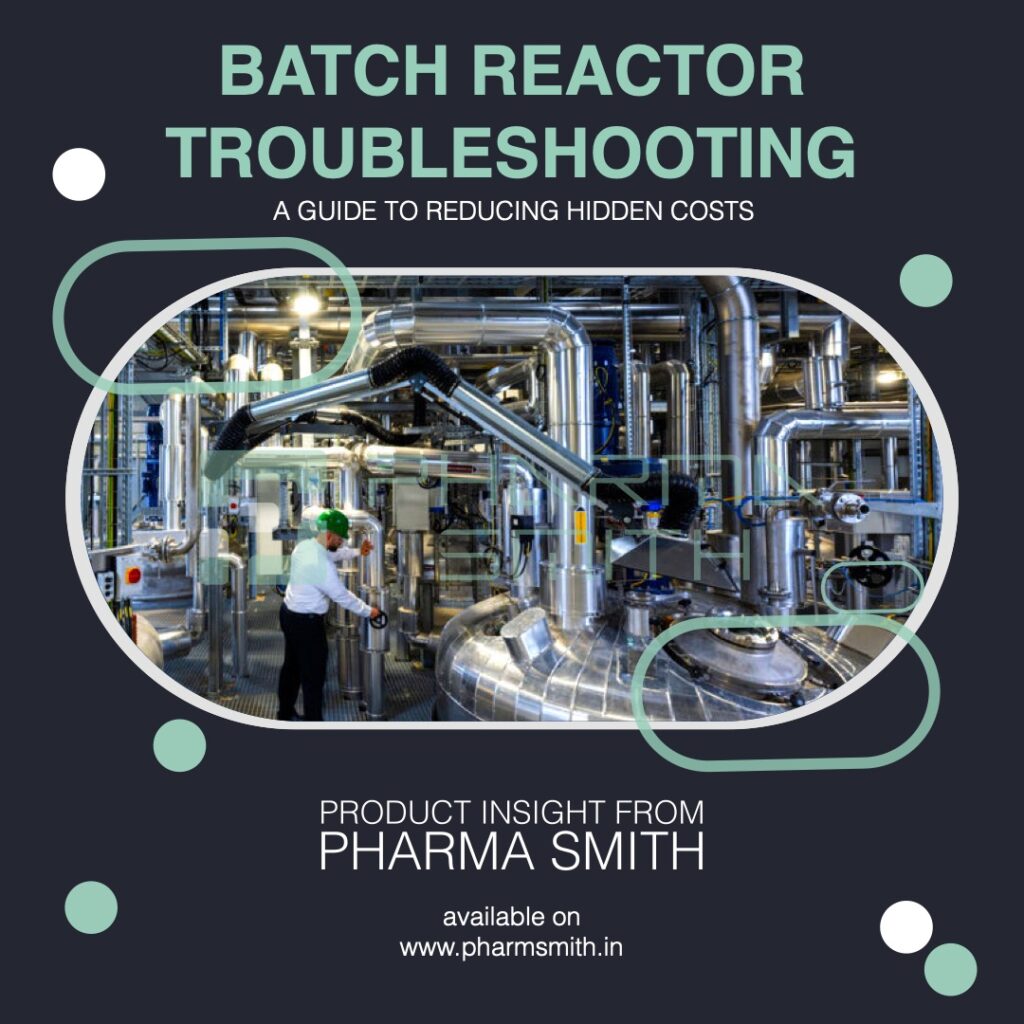The Hidden Costs of Batch Reactor Inefficiencies
Batch reactor failures don’t just slow down production—they drain resources in multiple ways:
🔹 Unplanned Downtime – A single hour of downtime can cost thousands in lost productivity.
🔹 Energy Overconsumption – Faulty temperature control leads to excessive energy use.
🔹 Material Waste – Poor mixing or overheating can ruin entire batches.
🔹 Increased Maintenance Costs – Frequent repairs drive up operational expenses.
Addressing these inefficiencies through proactive troubleshooting and regular maintenance can drastically improve production efficiency.
Understanding the Basics
A Continuous Stirred Tank Reactor (CSTR) is a type of chemical reactor where the reactants are continuously fed into the reactor, and the products are continuously removed. This design ensures uniform mixing and consistent reaction rates1. In the pharmaceutical industry, where precise control over reaction conditions is crucial, CSTRs provide an edge by maintaining stable conditions throughout the process.
Common Batch Reactor Issues & How to Fix Them
1. Temperature Control Failures
Cause: Faulty sensors, inadequate heat transfer, or improper control settings.
Symptoms: Uneven product quality, overheating, or excessive cooling.
Solution: Regular calibration of sensors, optimizing heat exchanger performance, and using automated temperature control systems.
2. Mixing Inefficiencies
Cause: Inadequate agitation, incorrect impeller size, or viscosity issues.
Symptoms: Uneven product consistency, sedimentation, or prolonged processing time.
Solution: Ensure proper impeller selection, adjust mixing speed, and maintain optimal reactor load levels.
3. Pressure Fluctuations
Cause: Valve malfunctions, clogged filters, or gas leaks.
Symptoms: Unexpected pressure spikes or drops, inefficient reaction control.
Solution: Inspect and replace faulty valves, clean filters, and perform routine pressure system checks.
4. Material Build-Up and Fouling
Cause: Poor cleaning procedures, improper raw material handling.
Symptoms: Reduced heat transfer efficiency, inconsistent batch results.
Solution: Implement effective cleaning-in-place (CIP) systems and use air knife technology to remove residues efficiently.
5. Mechanical Failures
Cause: Worn-out seals, damaged agitators, or failing motors.
Symptoms: Reactor leakage, unusual noises, sudden shutdowns.
Solution: Regular preventive maintenance, lubrication, and timely part replacements.
Conclusion
Batch reactor issues can be costly, but proactive troubleshooting and regular maintenance can keep your operations running smoothly. Identifying hidden costs, addressing common reactor problems, and investing in innovative solutions like air knife technology can enhance efficiency and prevent production losses.
